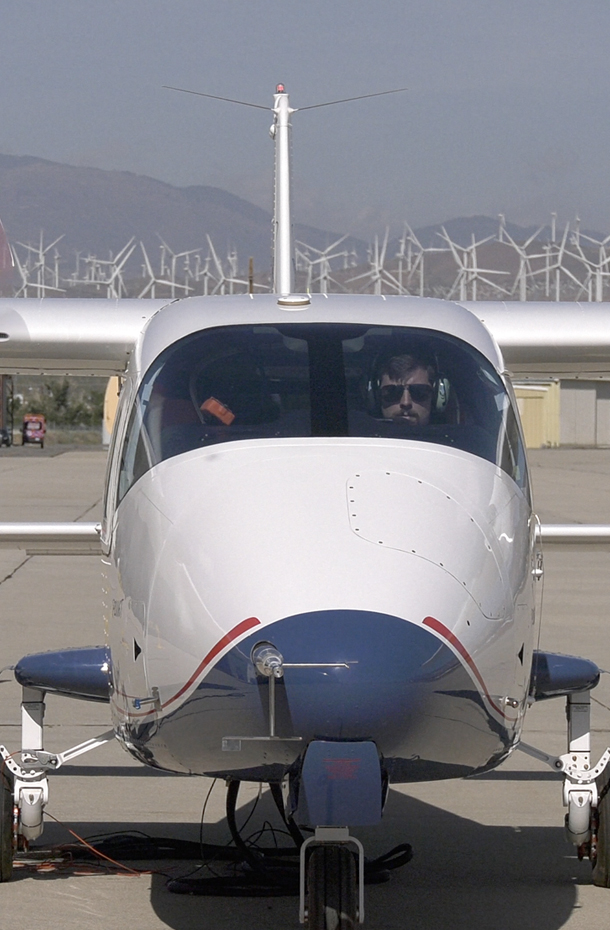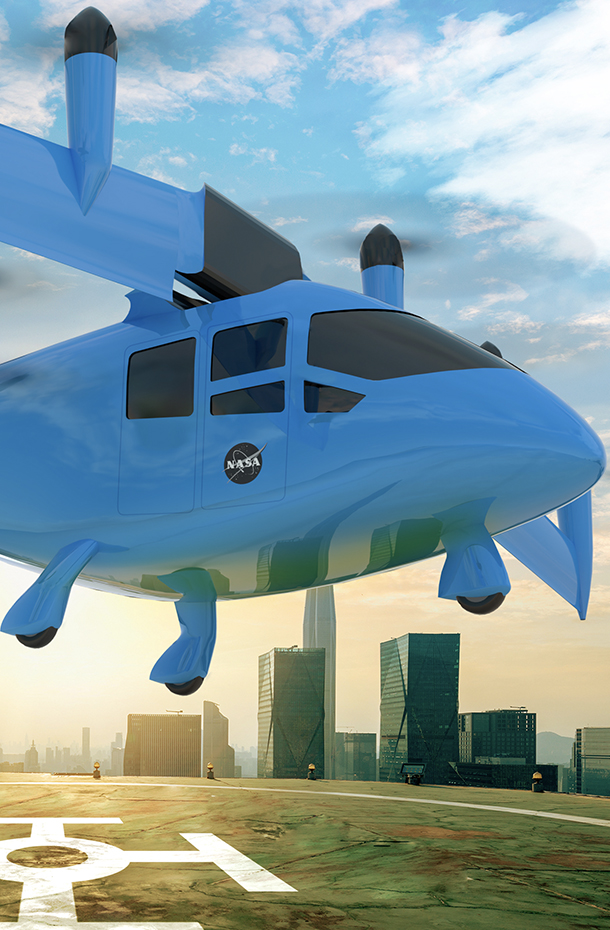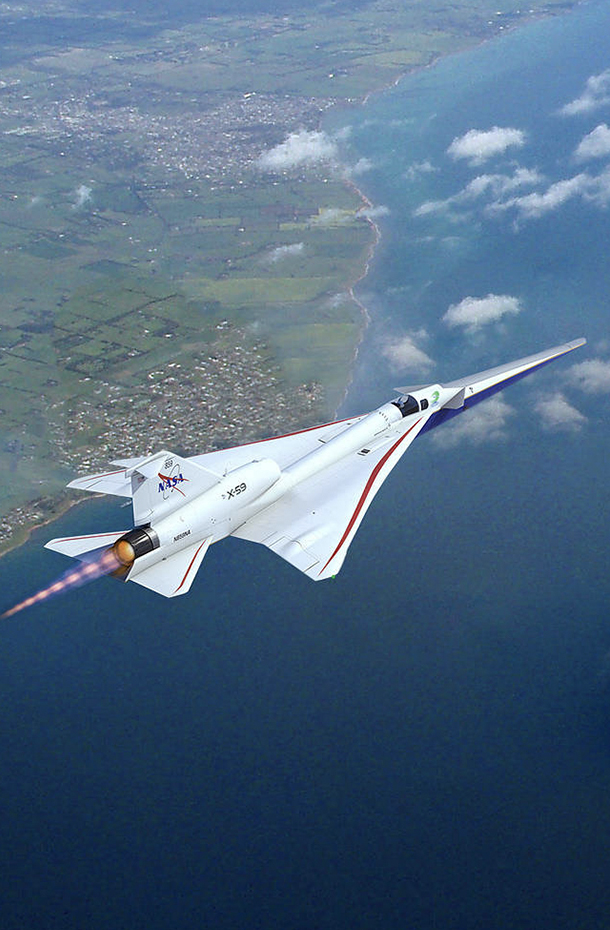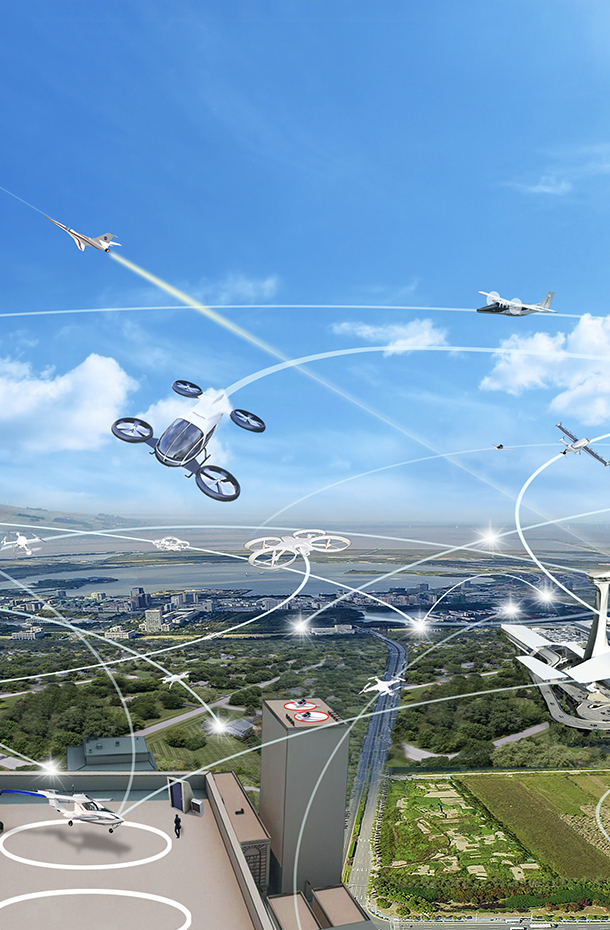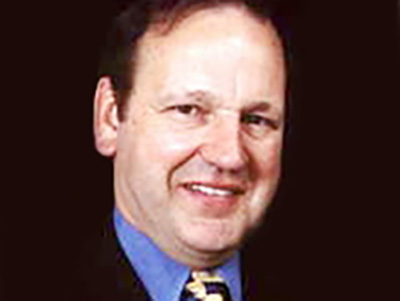
Dennis Fitch will never forget the safety lessons he learned one tragic day in July 1989. The former United Airlines captain and flight instructor helped pilot a DC-10 to a crash landing in Sioux City, Iowa, after the airplane’s tail engine exploded in flight. The explosion knocked out the DC-10’s three independent hydraulic systems, leaving the crew no way to steer using the wing and tail control surfaces. Fitch volunteered to operate the engines’ thrust levers in an effort to control and steer the airplane while the crew wrestled it to the ground.
Although 112 people died in the impact, 184 people survived because, according to Fitch, the cockpit crew and air traffic controllers displayed innovative thinking and teamwork during the emergency.
Fitch recounted his experience and the lessons he learned that day in an inspirational and emotional speech before the second annual NASA Aviation Safety Technical Conference recently held in Denver.
“We have to keep things as safe as we can,” he said. “Let’s face it … safety often doesn’t come until after there is a body count. We have to get to the point where we can solve those safety issues before there is a body to count.”
Fitch’s place in aviation history is all the more interesting because he was not only just a passenger on the flight, but also a fully trained DC-10 pilot who made his living training other pilots to deal with emergencies.
He leaped at the chance to help in the cockpit.
“If you have an opportunity to contribute and you don’t, then you now have become part of the problem,” Fitch said, describing his notion of the kind of teamwork it takes to solve complex problems of aviation safety.
Anticipating trouble and being proactive in solving those concerns are key themes of the kind of safety research that NASA will lead in the 21st century.
We would like to be able to predict problems, to anticipate them before they happen, perhaps early enough to change the design so there is no problem in the first place.

Amy Pritchett
Director of NASA's Aviation Safety Program
Pritchett pointed out at the conference’s start that aviation safety in the United States is at an all-time high, with fewer casualties per air mile flown than any time in the history of flight.
But that doesn’t mean there are no longer any problems needing to be fixed.
“We’re not perfect,” Pritchett said. “This is where aviation safety is now. We are looking at how we make something incredibly safe — safer than we’ve ever seen in the history of mankind.”
More than 300 representatives of government, industry and academia gathered for the three-day conference to share results and discuss progress towards future goals with the broader aviation community.
Pritchett reminded the attendees that achieving the many and varied safety goals on NASA’s agenda during the next few years will require close government, industry and academic collaborations in research, design and operations.




























